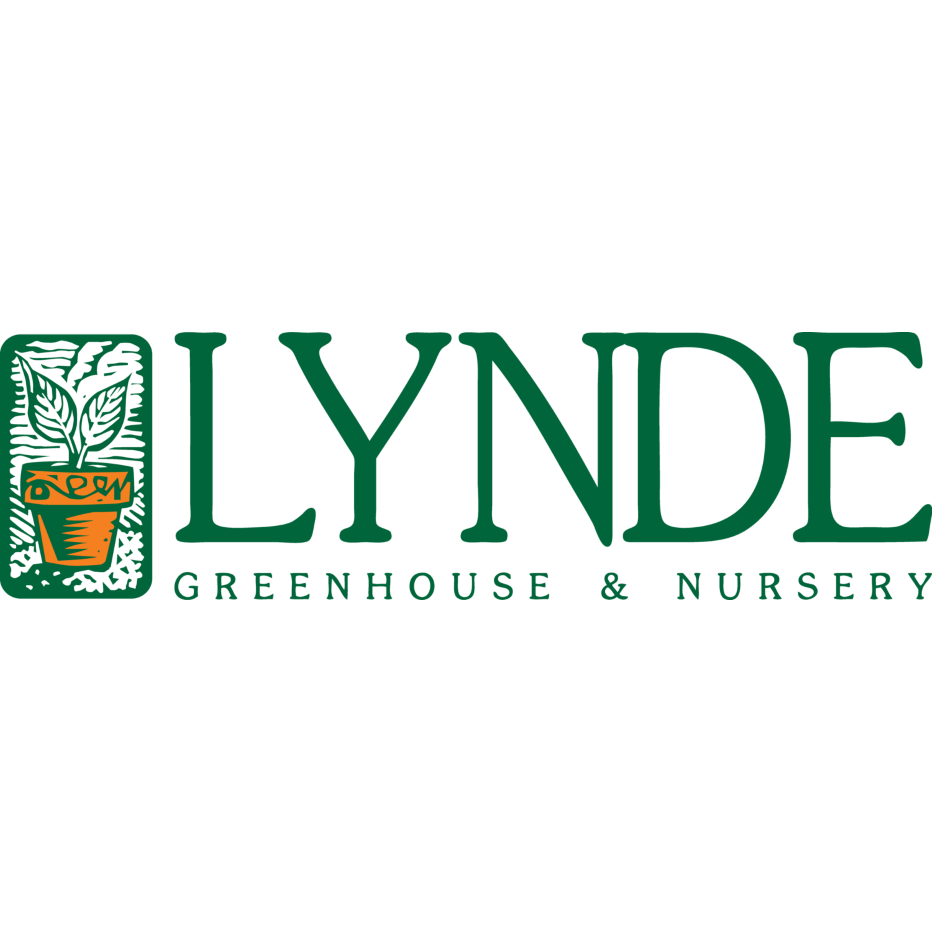
Lynde Greenhouse & Nursery and Landscape Design
1 / 10
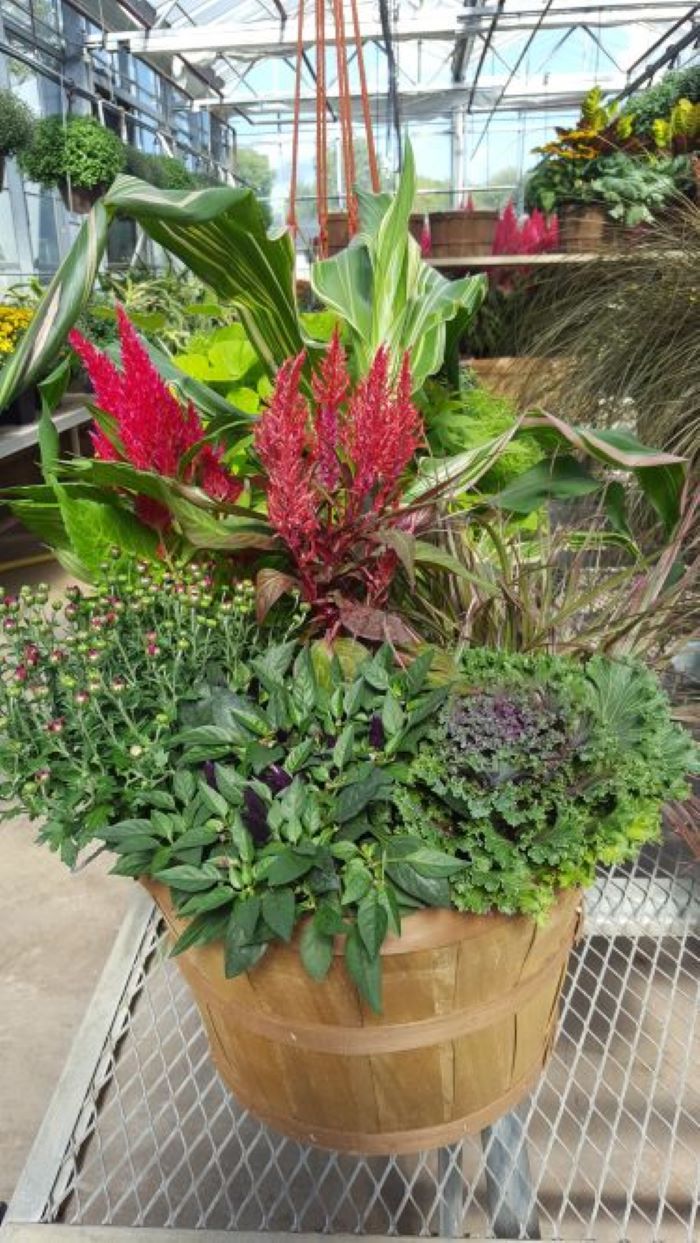
Container gardens are always in style - even in the fall! At Lynde's Greenhouse & Nursery, we sell fall container gardens!
2 / 10
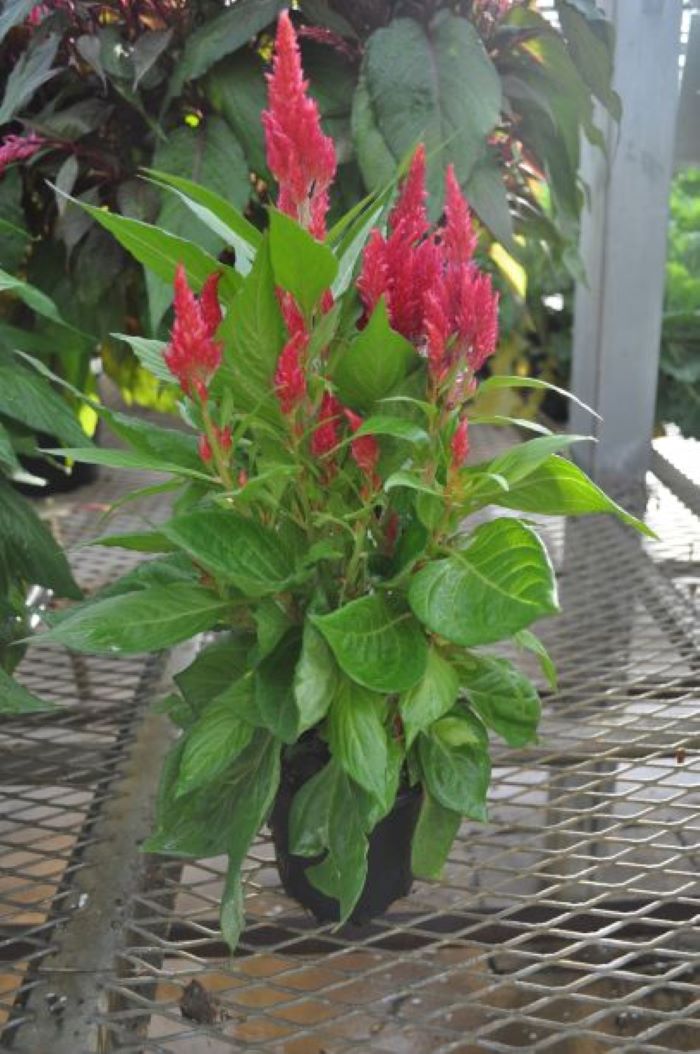
Fall flowers are mostly red, pink, orange, brown, and yellow. These flowers are perfect for the fall! Pick them up from Lynde Greenhouse & Nursery.
3 / 10
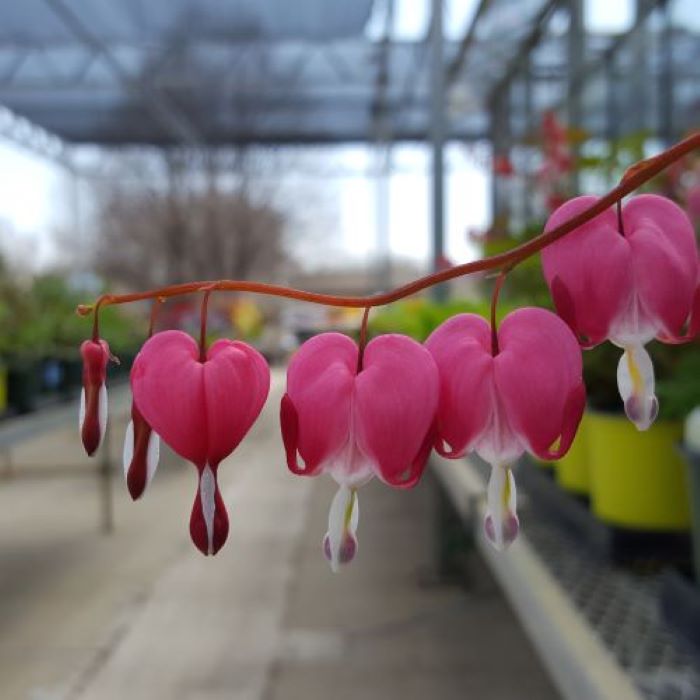
At Lynde Greenhouse & Nursery, we offer many types of plants for you to purchase. Come visit our greenhouse today! We have plants for all seasons.
4 / 10

At Lynde Greenhouse & Nursery, we have all sorts of different perennials in all different colors and sizes! Stop by today to see what we have in our greenhouse.
5 / 10

Know when to start your vegetables! 3-5 weeks before the last frost: Cabbage, cauliflower, kale, pumpkin, and cucumber are vegetables that need to be started about a month or so in advance of the last frost date to mature by the end of our growing season. Pumpkin and cucumbers can be bought in our garden center as starter plants for those that don’t have the means to grow inside.
6 / 10
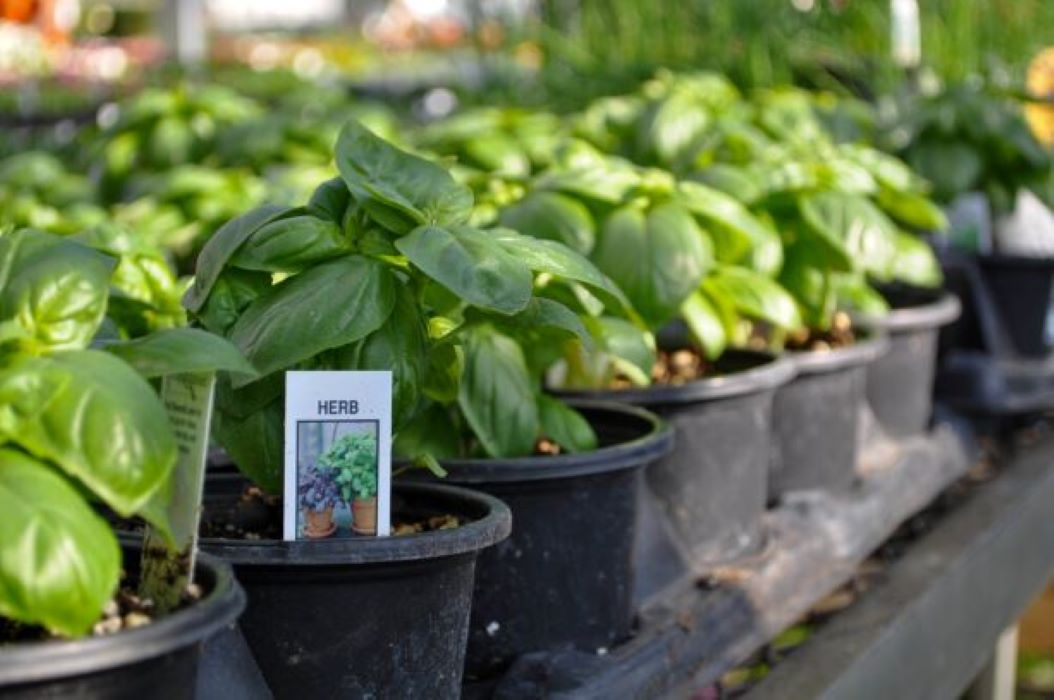
Last year, our herb inventory moved very quickly. The interest in growing food increased, which only makes sense considering we were all stuck at home and grocery stores were trying to keep up with demand. The other alternative to store bought was growing your own herbs. Whether you start your own, buy start plants from your local garden center (Lynde Greenhouse), or buy freshly cut from the grocery store there is no denying how delicious they make our food and drinks. Like next level delicious.
7 / 10

Chive, mint, thyme, parsley, and oregano are some herbs that need to be started the earliest or as soon as possible. We start these herbs in the greenhouse a little bit early to have them ready for our customers.
8 / 10

Starting from seed might not be your thing, or even growing a plant may not be your thing, but if you have been thinking about trying to grow your own herbs, we are here to help!
9 / 10

Lemon balm, dill, sage, and basil are herbs that need to be started about 2 months before the last frost date. Once the weather is warm enough these plants can be transplanted into the garden or patio pot.
10 / 10

Once your herbs are outside in early Spring it’s important to watch the night temperatures. You don’t want your herb plants to freeze. If planted in containers, bringing them inside or a sheltered area can help protect the foliage. If they are planted in the ground it is best to insulate or cover your herbs creating a temporary pocket of warmer air until temperatures increase. Use bamboo stakes or half hoops to create a structure making sure your plants don’t get crushed and to create space for air circulation. Use a bed sheet, drop cloth, a light blanket/sheet, or plastic to create a suitable cover.